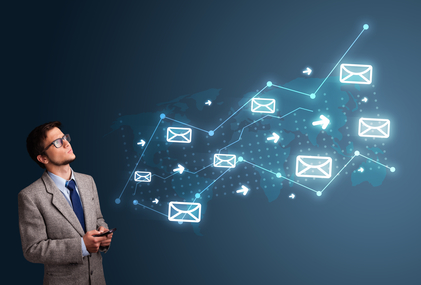
Developing a mobile strategy for your business means blending email, SMS and push notifications into one seamless, ongoing campaign. All are effective means of reaching customers, but understanding the differences between these channels and what they can and cannot do is essential. Let’s examine each channel so you can tailor your mobile strategy as needed:
SMS
SMS is the best way to reach customers around the world instantly and directly. It is therefore best for sending business-critical information, such as banking notifications, fraud alerts, etc. If the customer needs to know something right away, SMS is the perfect avenue, so long as the message is condensed to 160 characters or less.
In addition to global outreach, SMS is workable with nearly any type of handset, making it possible to reach 4 billion phones in over 200 countries. Text read rate is also very high, as 90 percent of SMS texts are read within three minutes of delivery. Delivery confirmation is yet another perk.
When sending SMS messages, ensure any links used are mobile-friendly, and stay up-to-date on messaging guidelines in the countries you’re sending texts to. Also remember to select a provider capable of helping you reach customers ‘round the world instantly.
Considerably slower to reach customers than SMS, email nevertheless offers numerous advantages. It’s perfect for sending messages when time sensitivity isn’t an issue, such as newsletters, product updates, account information changes, and any other long-form messages. Unique in that they provide written records, emails allow customers to archive messages and read them again. They also provide a point of reference.
Unlike texts, people won’t necessarily read “the new snail mail” until hours later. Don’t use emails to send urgent information, and make certain messages are correctly labeled to avoid being sent to SPAM folders. If the email features links, they need to be mobile-friendly.
Push Notifications
As with SMS, push notifications are instant, and short. However, notifications are sent to an app the user has downloaded rather than the person’s inbox. This means customers must accept and download apps to receive notifications. They also only work for those with smartphones.
A method of driving traffic to your company’s app, push notifications offer the chance to assist customers. For example, an airline app might send a notification about a flight delay or weather change. Staying creative with push notifications is also recommended, such as the aforementioned airline app offering special flights to Hawaii on a snowy day. The more relevant your notifications, the better, as customers will be less likely to turn the notifications off.